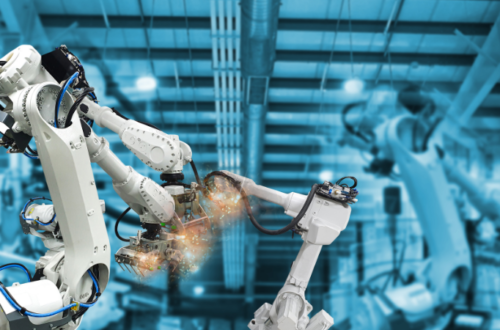The significance of real-world assets (RWAs) in the future of cryptocurrency cannot be understated. As the crypto ecosystem evolves, the integration of RWAs is poised to bridge the gap between traditional finance and decentralized finance (DeFi). This article explores the importance of RWAs, their benefits, challenges, and what the future may hold for this emerging trend.
1. Definition of Real World Assets
Real-world assets encompass tangible and intangible items of value that exist outside the digital realm and are increasingly being tokenized on blockchain platforms. These assets include physical assets such as real estate, commodities, and artwork, as well as financial instruments like stocks and bonds. By converting RWAs into digital tokens, these assets gain the ability to be traded on decentralized networks, enhancing their liquidity and accessibility12.
2. The Importance of RWAs in the Crypto Ecosystem
RWAs play a crucial role in the cryptocurrency landscape for several compelling reasons. Firstly, they inject liquidity into traditionally illiquid markets, such as real estate and fine art, enabling faster buying and selling1. Secondly, RWAs facilitate diversification opportunities for investors, allowing them to hedge against the volatility typical of crypto markets2. Lastly, by integrating RWAs into DeFi platforms, a seamless connection is created between conventional financial systems and decentralized financial operations, broadening the scope and functionality of investments in the digital age2.
3. Benefits of Tokenizing Real World Assets
3.1 Enhanced Liquidity
The primary benefit of tokenizing RWAs is the enhancement of liquidity. Traditional asset classes often suffer from significant liquidity challenges, making transactions lengthy and cumbersome. Tokenization allows for fractional ownership, enabling investors to buy and sell smaller portions of high-value assets, much like trading stocks3. This heightened liquidity attracts a broader pool of participants and increases market efficiency, potentially leading to more favorable pricing dynamics.
3.2 Accessibility and Democratization of Investment
Tokenization significantly lowers the barriers to entry for various asset classes. Previously, high-value investments like real estate often required substantial capital, limiting participation to wealthy individuals. However, with RWAs, investors can purchase fractions of these assets, democratizing access and enabling participation from a wider audience13. This democratization fosters a more inclusive financial ecosystem, allowing people of diverse financial backgrounds to invest in previously inaccessible markets.
3.3 Transparency and Security
Blockchain technology provides an immutable and transparent ledger for all transactions relating to RWAs. This characteristic reduces the risk of fraud and establishes trust among investors concerning the ownership and transfer of assets3. Smart contracts further streamline processes by automating transactions and ensuring compliance with contractual obligations, which diminishes the need for intermediaries and reduces transaction costs3.
4. Challenges Facing Real World Assets
Despite their growth and potential, RWAs face several challenges that could impact their widespread adoption.
4.1 Regulatory Uncertainty
The regulatory landscape for RWAs is still evolving, with different jurisdictions having varying approaches to the regulation of tokenized assets. This inconsistency can hamper the development of RWA markets and deter potential investors due to concerns over compliance and enforcement3. Therefore, establishing clear and consistent guidelines will be essential for fostering a secure environment for RWAs.
4.2 Valuation Difficulties
Valuing tokenized assets presents a significant challenge, particularly in the absence of standardized methods. The lack of consistent valuation practices can lead to misinformation regarding the worth of individual tokens, resulting in market volatility and lack of investor confidence3. Developing reliable valuation methodologies will be crucial for creating a trustworthy marketplace for RWAs.
4.3 Education and Market Awareness
For RWAs to flourish, there needs to be heightened education around these assets among investors, regulators, and the general public. Raising awareness about the technology and its implications will be vital for overcoming misunderstandings and driving adoption3. Education initiatives could include workshops, online courses, and informational resources.
5. The Future of RWAs in Crypto
The future of real-world assets in the cryptocurrency space looks promising. As technology continues to advance and regulatory frameworks begin to solidify, RWAs are likely to play a significant role in reshaping the financial ecosystem. The integration of RWAs with DeFi platforms could potentially open up a new era of investment opportunities, bridging old and new financial systems12. Additionally, the growing involvement of traditional financial institutions and technology companies in RWA tokenization signifies the increasing legitimacy and acceptance of this innovative approach.
Conclusion
Real-world assets hold great significance in the future of crypto, providing not only liquidity and accessibility but also enhancing the transparency and security of transactions. As the market matures and more stakeholders embrace tokenization, RWAs are positioned to become a cornerstone of the financial landscape. While challenges remain, the benefits and potential of RWAs can drive the integration of traditional finance and blockchain technology, paving the way for a more inclusive and equitable future in investment.




